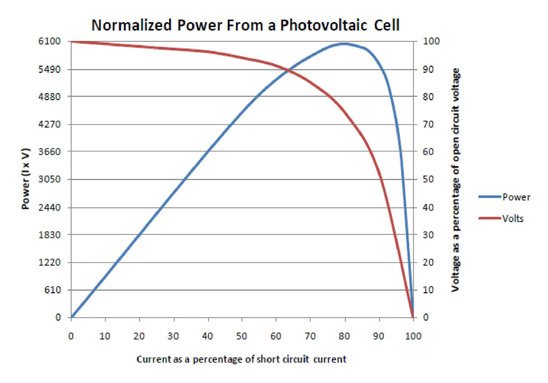The power-management IC (PMIC) supports and manages the transducer and energy-collection channel, the energy-storage element (battery, conventional capacitor or supercapacitor), and the processor/wireless link. This critical block of any energy-harvesting design implements several major functions:
- Captures and extracts the random, miniscule energy from the source transducer
- Transforms that extracted power into energy for the storage element, usually via a DC/DC converter
- Manages the outflow of power from the storage element, while ensuring that power is not drawn when the stored energy is below a threshold value and would be wasted
- Perhaps most challenging, it has to manage its own start-up sequence in the transition from when there is insufficient available stored energy for the PMIC itself
For designers of energy-harvesting systems, there is good news: a wider choice of PMICs is now available from vendors, each with differing attributes and characteristics. Some are optimized for a specific harvesting source, while others are more general; some fulfill primarily one part of the PMIC role, while others integrate more of the essential functions.
Engineers should always keep in mind that all energy-harvesting designs are based on one principle – to accumulate over time the trickle of minuscule, sporadic energy from the source, store it, and then release it as a power pulse when needed by the rest of the system for data collection, analysis and transmission. Therefore, there are long quiescent periods when the PMIC’s only activity is to allow the energy to flow to the storage element and little else, as well as periods when there is no incoming energy.
You must also be aware that a conventional DC/DC switching converter core, no matter how efficient, is generally not a good choice for energy harvesting. This is because these are designed to work with a consistent source such as battery, which is a low-impedance, somewhat regulated source. Further, the DC/DC switching converter of a PMIC must have extremely low quiescent current requirements, as there may be long periods without available source energy and thus no power-converter activity.
For more detail: Choosing a Power Management IC for Energy-Harvesting Applications

